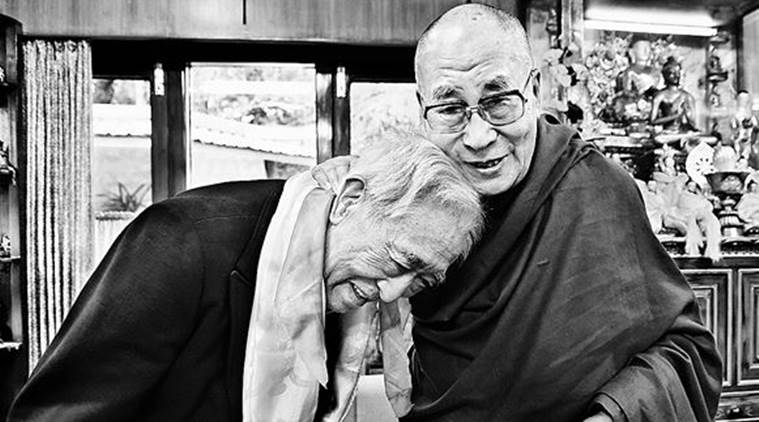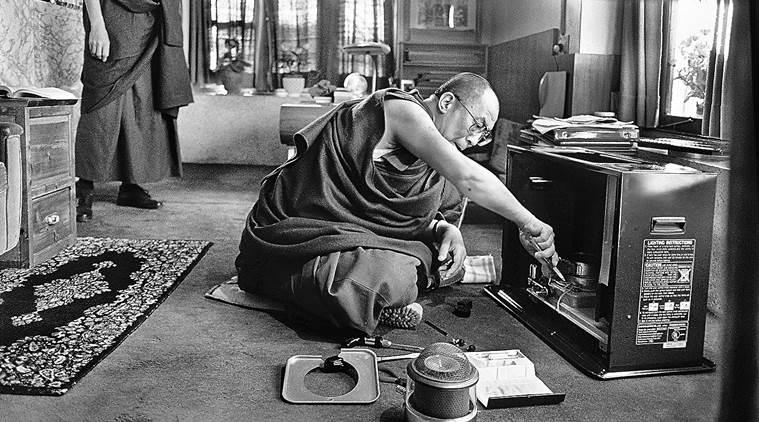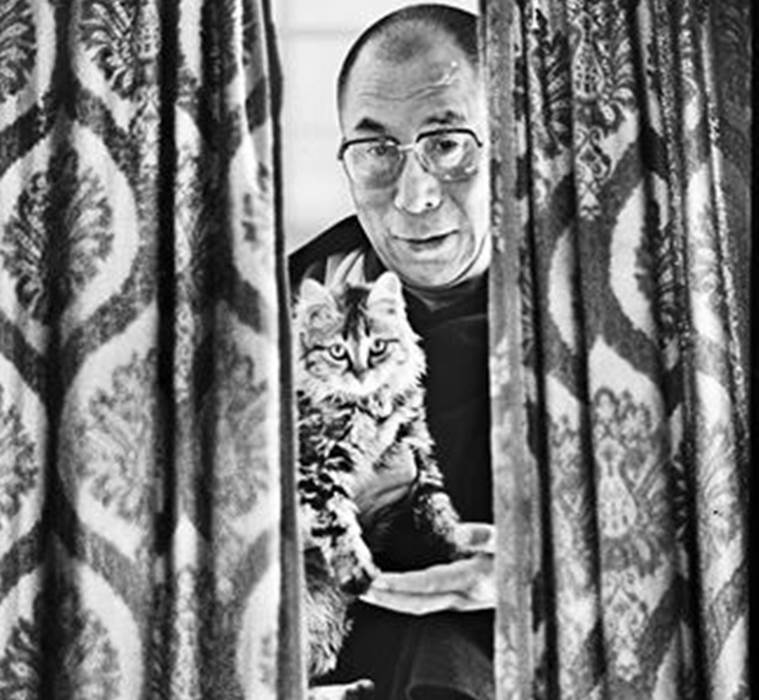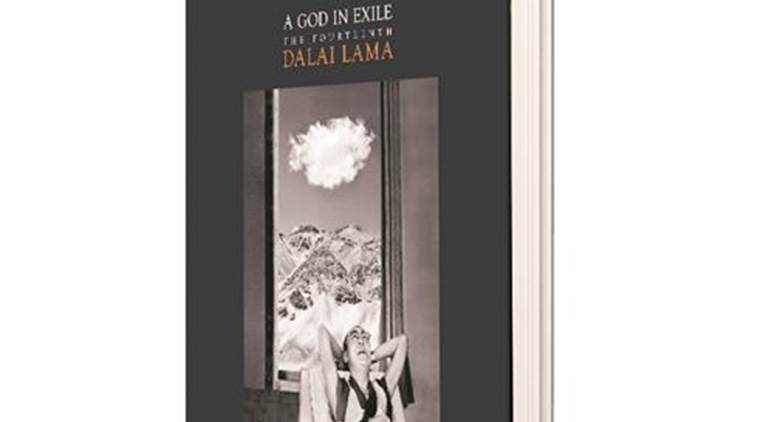Two Friends and a Few Photographs
The photographs and portraits, along with others that Rai took over the next 40 years, make up his latest book, A God in Exile: The Fourteenth Dalai Lama.

The Dalai Lama with his older brother Gyalo Thondup in Dharamshala on his 80th birthday in 2015.
It was 1975. The Dalai Lama was in Ladakh for three days for the Kalachakra ceremony. It was pouring but thousands of monks and nuns sat in the open, soaked and shivering, but still impassive as statues. Tavleen Singh, a reporter with The Statesman then, along with photojournalist Raghu Rai, had travelled in search of a story, which allowed Rai to click the spiritual leader in his tent on the second day, and for an hour on the third day, while Singh interviewed him.
On their way back to Srinagar, Singh flaunted a red thread that the Dalai Lama had tied around her wrist. “When she asked what did I get, I said ‘come on, between equals we don’t exchange anything’. I just said it spontaneously, but when I look back today, I am not anywhere near him, his spiritual powers or compassion. He had this way of treating everyone with dignity and equality, which is what made me say that so quickly,” remembers 75-year-old Rai. The photographs and portraits, along with others that Rai took over the next 40 years, make up his latest book, A God in Exile: The Fourteenth Dalai Lama (Rs 2995, Roli Books).
After his first encounter, he recounts his next meeting with the leader, which happened after a gap of 10 years, in 1985, when Rai travelled to Bodhgaya for a similar ceremony. “Although it was a private affair, I convinced the guards to let me shoot from behind the curtains. As my camera lens parted the curtain, His Holiness suddenly looked at me, and with a warm, welcoming smile, extended his hand. I couldn’t believe it. After a brief meeting 10 years ago, he remembered me. I walked in, took his hand and kissed it,” he says. Whenever the Dalai Lama met Rai, he called him his old friend.
The book comprises photographs of the leader in his ‘palace’ where we can see him taking care of his garden, watching BR Chopra’s Mahabharata, fixing his temperamental television, reading old scriptures and treating his cat using Tibetan herbal medicine. The book begins with an introduction of his early years in Tibet and the 1959 escape to India by veteran journalist Jane Perkins, along with archival photos of the region and its leader.
“He is one of the most powerful spiritual leaders in the world today, the most revered and loved too. His spiritual powers have enriched us all,” says Rai. But for Rai, what makes the Dalai Lama different from other world leaders is that “he is gentle and accessible”. “He hugs me everytime we meet. You look at his face and you can see love pouring from his face, that magic power touches the whole world inside me,” says Rai.
While Rai has captured the spiritual leader in his different moods in the various trips that he made to Dharamshala over the years, he has also clicked him on a trip to Delhi, where the Buddhist leader visited various places of worship. He visited the Lakshminarayan Temple, Nizamuddin Chilla Mosque, Jud’ah Hymn Synagogue, and a Jain temple. “The priest at the synagogue was shorter in height than His Holiness, hence he bowed down even lower. He similarly greeted a Sufi saint at the Nizamuddin dargah,” says Rai, who has also clicked the Dalai Lama while meeting his followers and well-wishers, immersed in ceremonies, and also when he meditated in solace. Celebrations of his 80th birthday, in 2015, end the collection. “I have never met god, but I’m sure Christ, Buddha, Guru Nanak and Prophet Mohammad must have been just like the Dalai Lama,” he says.






















 The Dalai Lama while fixing his television
The Dalai Lama while fixing his television The Dalai Lama with his cat
The Dalai Lama with his cat Cover of the book
Cover of the book
No hay comentarios:
Publicar un comentario